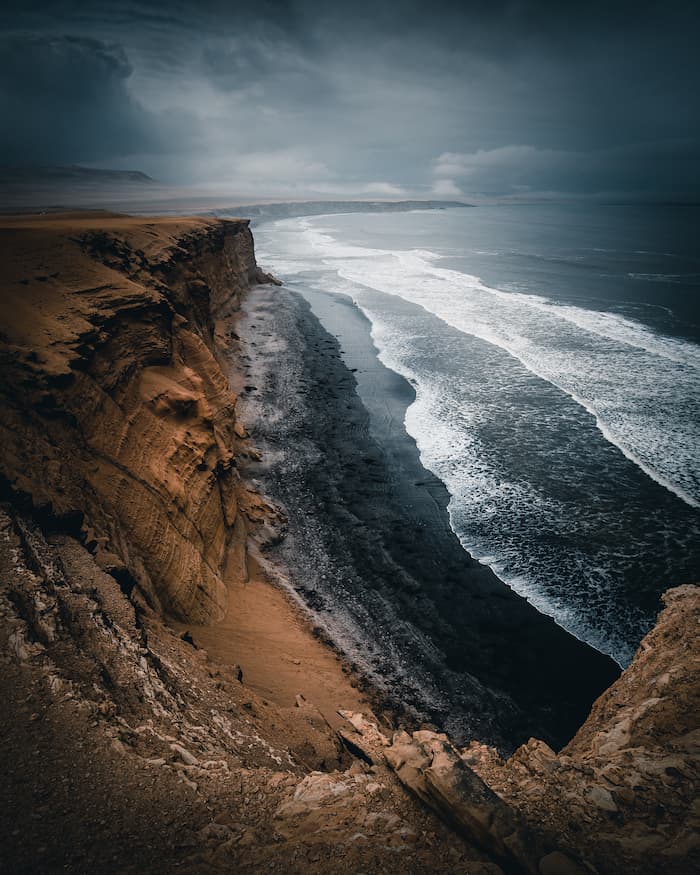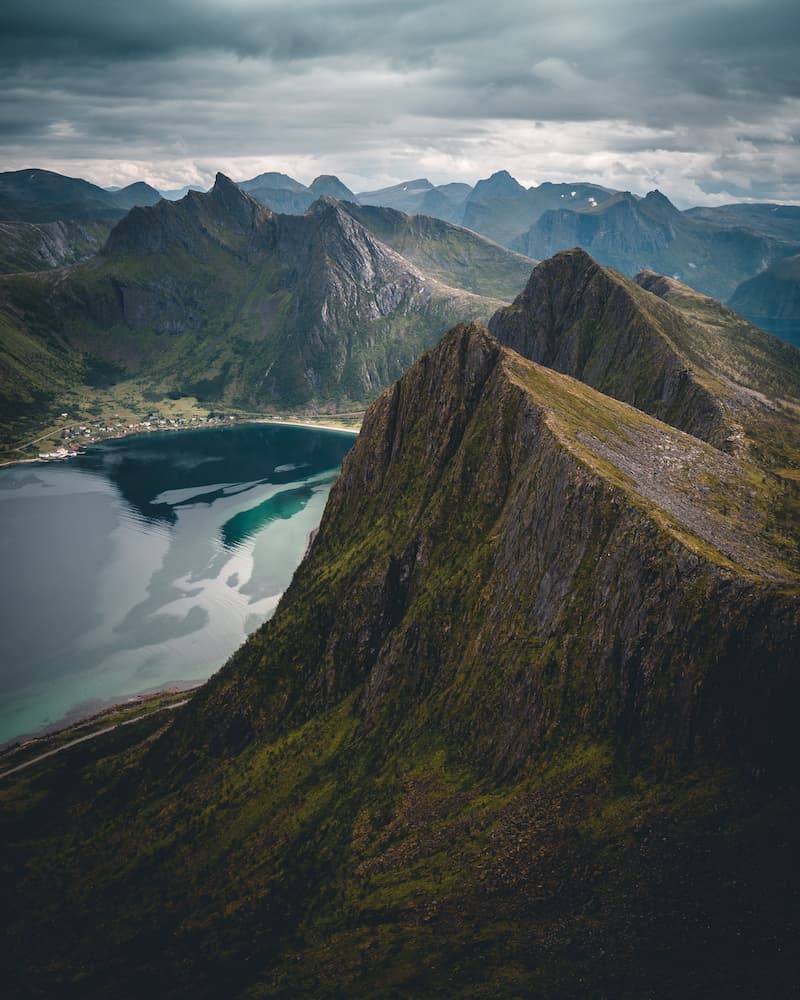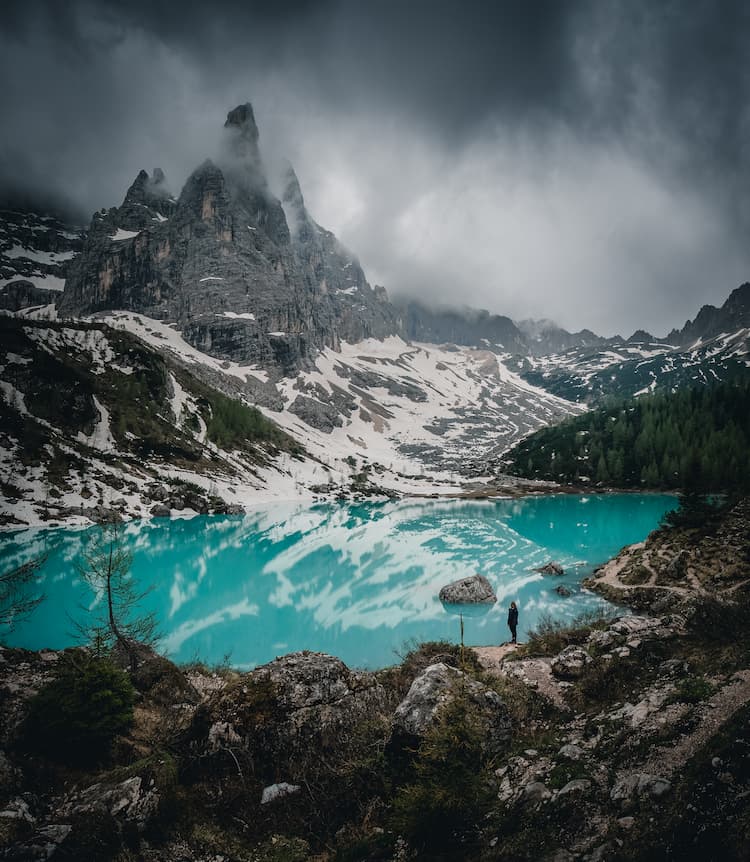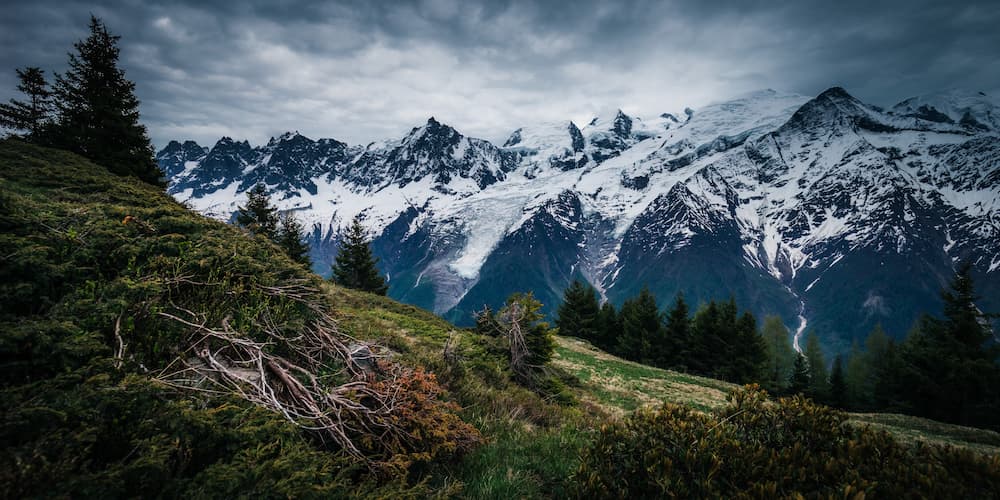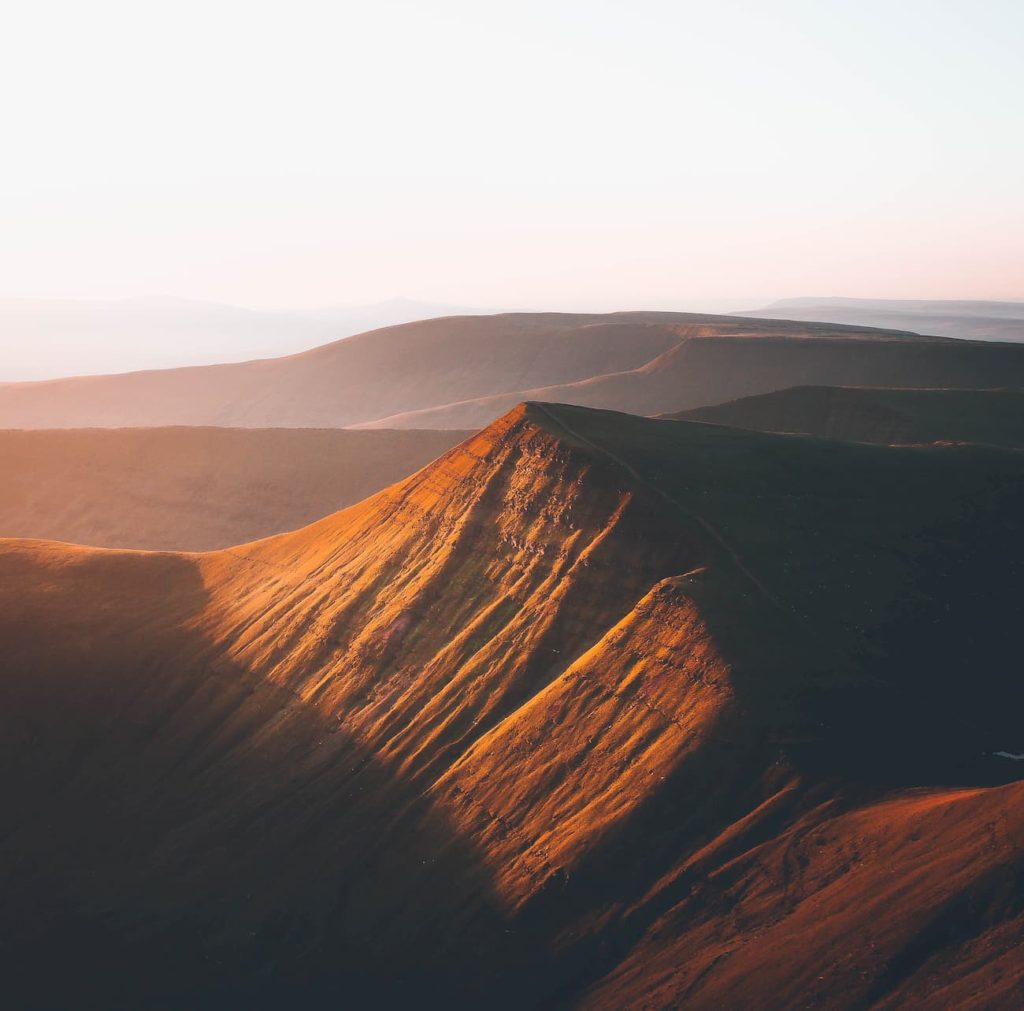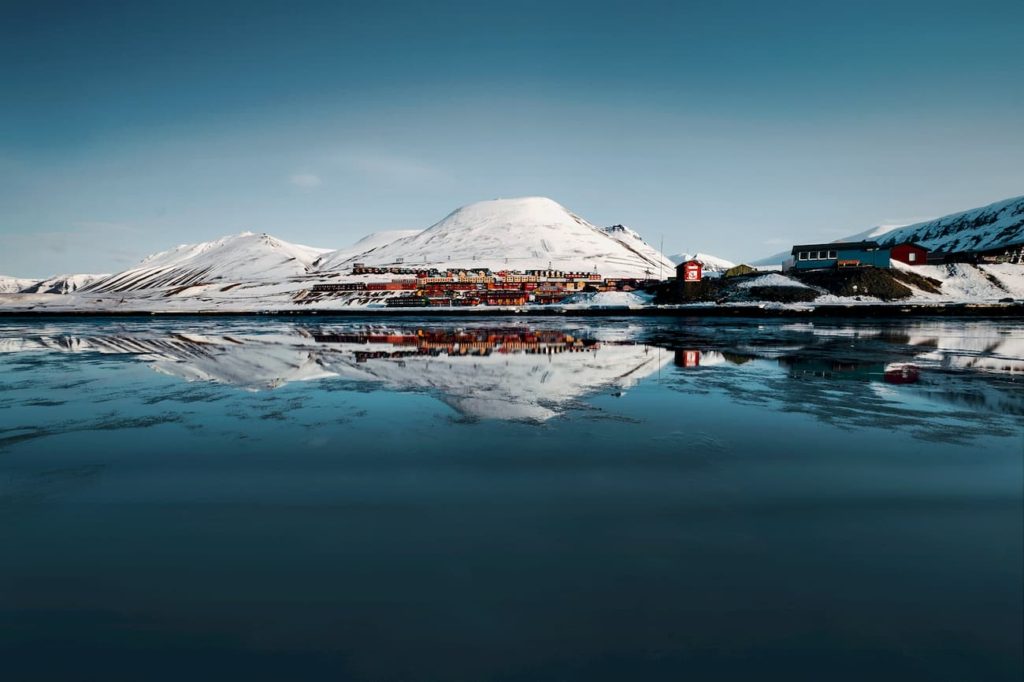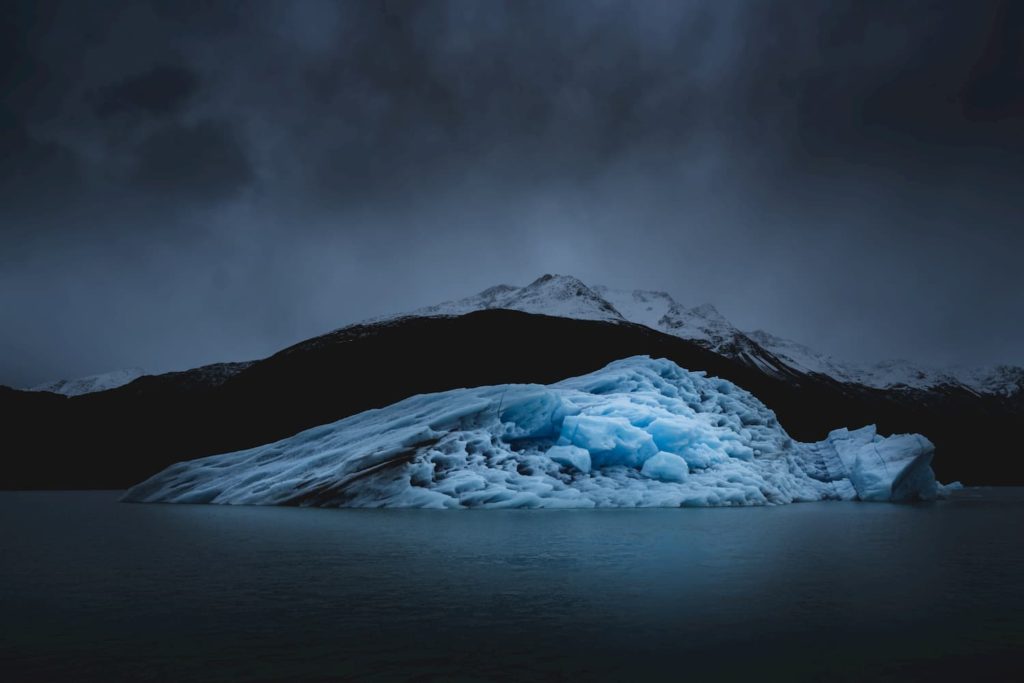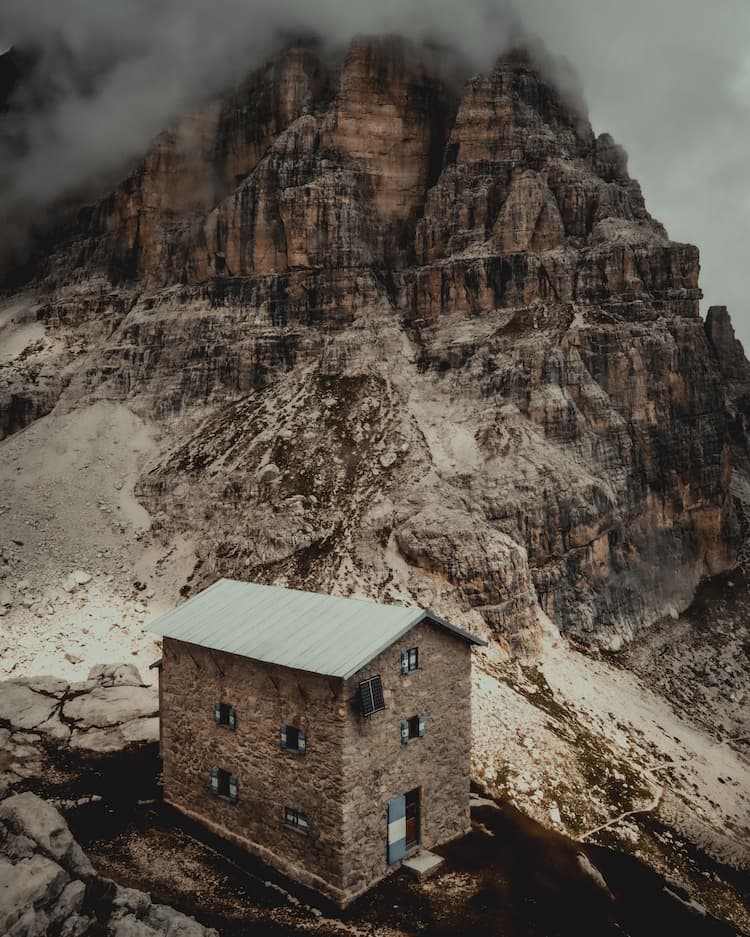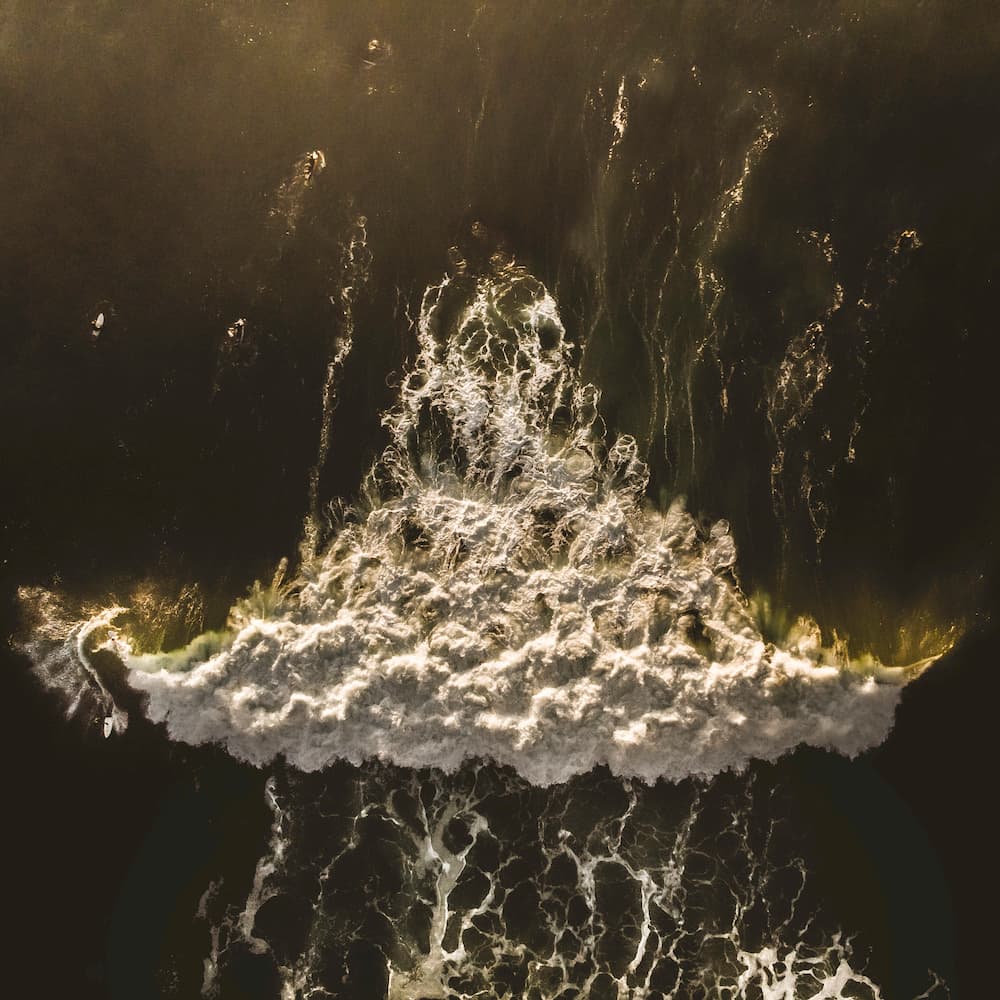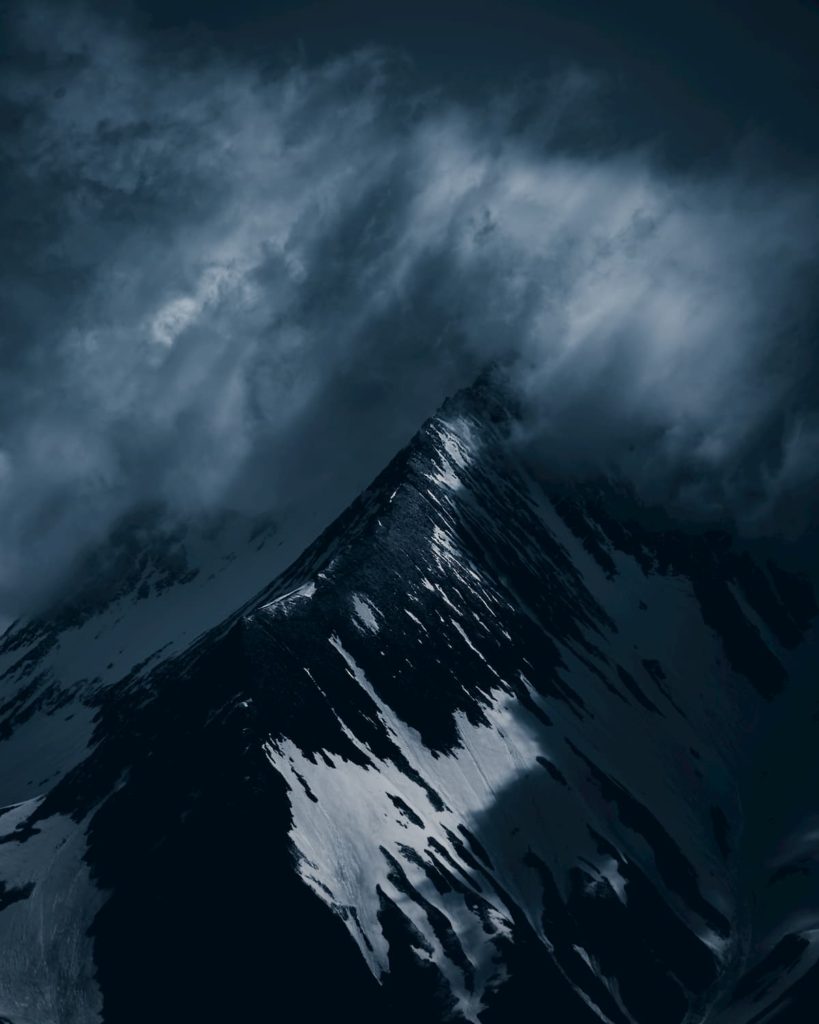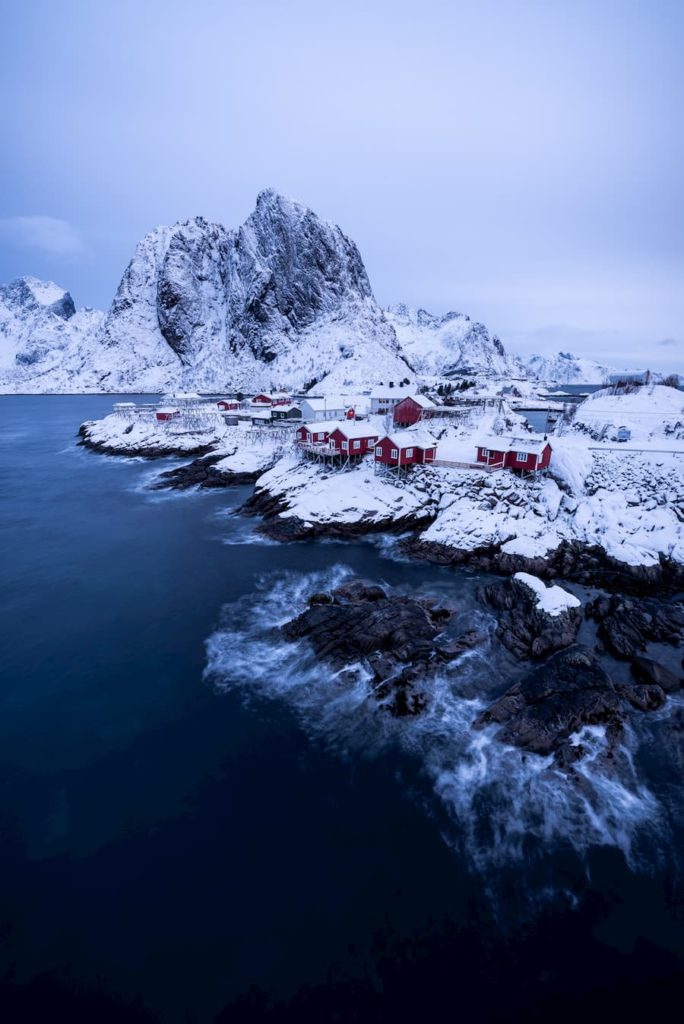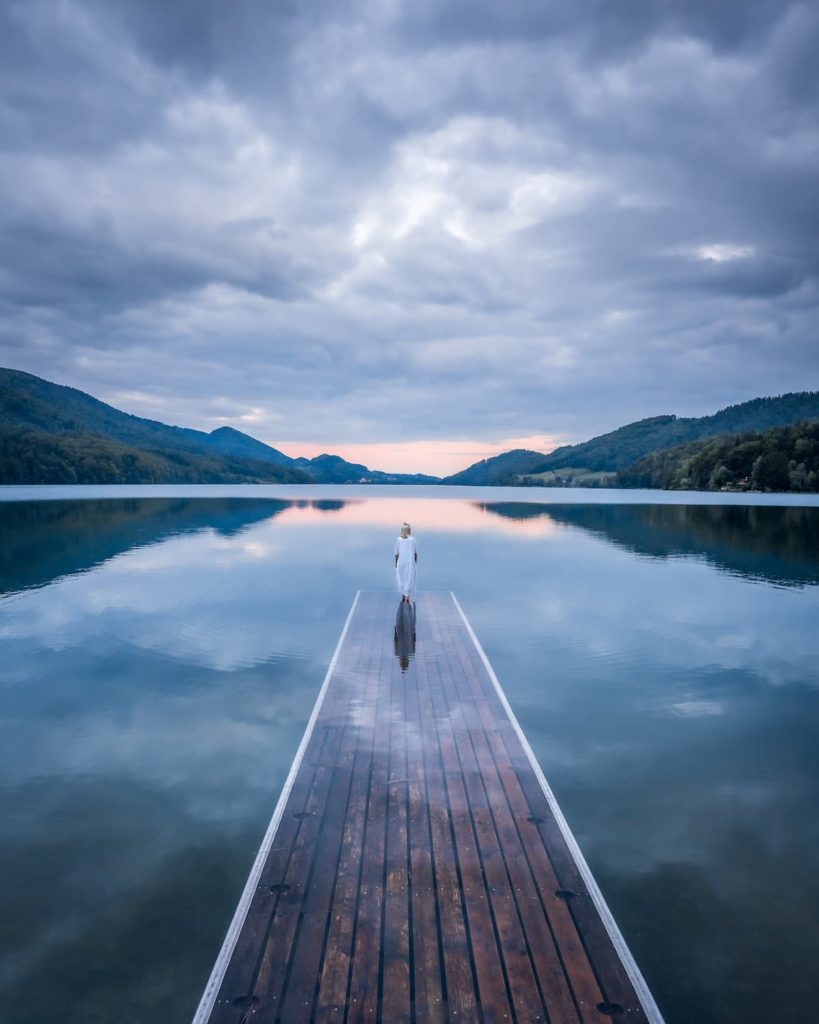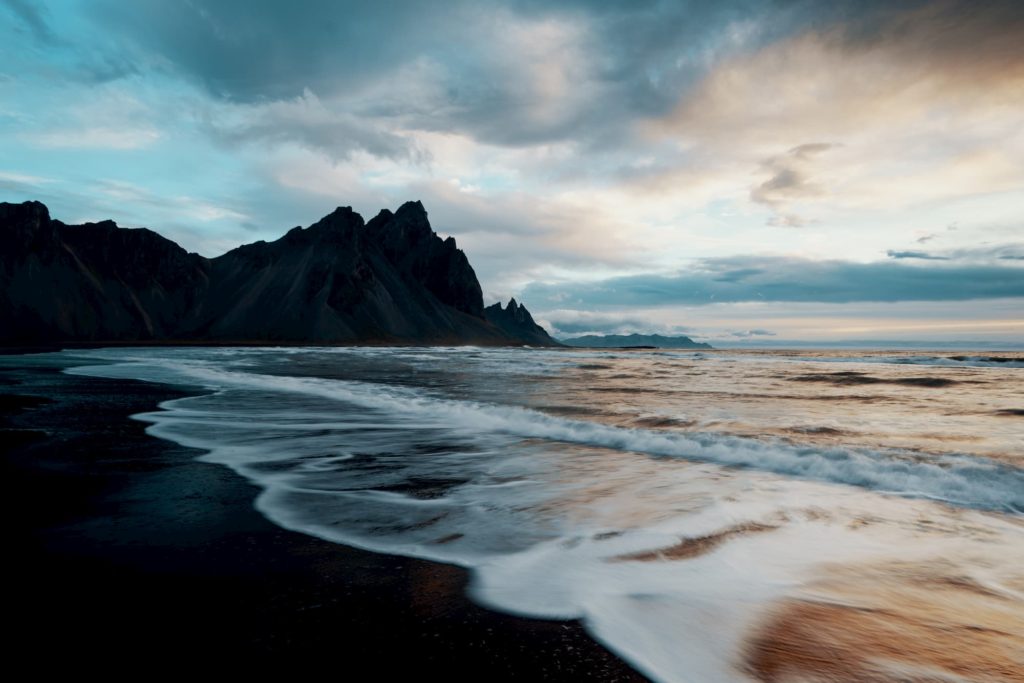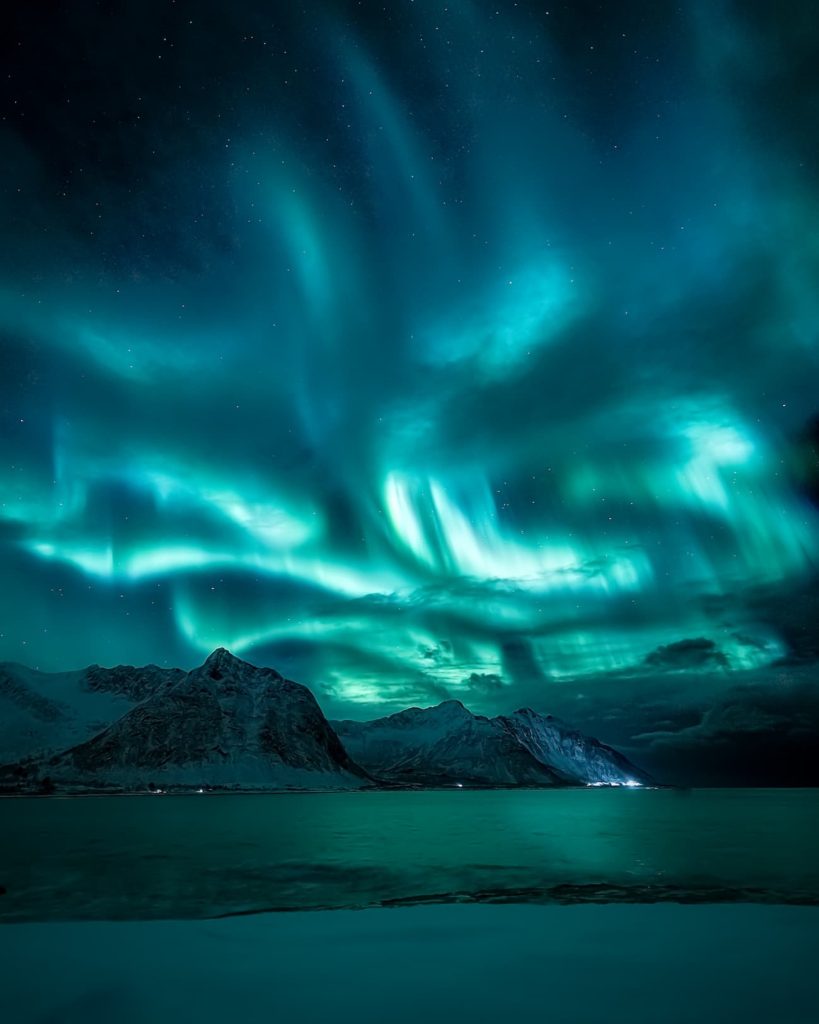
Florian Nick
@flo.nick
Photographer based in Germany
When I hiked up to the viewpoint of Lake O’Hara for sunset, I found one of the most captivating sceneries I have ever experienced. Even my widest lens was not able to capture it to its full extent. As always, time was running against me as I had to set up a shot before the sun disappeared behind the Canadian Rockies. I had the idea to shoot the timelapse inverse and turn the sunset into a post-production sunrise to show off the beautiful lakes in the valley. Shot four years ago and still remains my favorite timelapse, yet – everything just seemed to perfectly come together for that shot.
"My passion for photography and traveling came pretty much hand in hand."
When I first started traveling at a younger age, I owned a very simple compact camera and pointed it at literally anything. Over time, I discovered my fascination for capturing landscapes and worked my way into photography and filmmaking. Today, my videos mostly revolve around nature, the outdoors, travel, and sports. These places and the people I have met with interesting stories are what I feel most inspired by as a filmmaker. Ultimately, my work is about storytelling, trying to make the viewer feel moved or inspired by my work.
"In particular, with my timelapse work, I try to raise more appreciation for our planet by showing nature from its most beautiful side."
In 2015, I studied at Stuttgart Media School in Germany, and went off to Iceland with a friend and fellow student to shoot my first film project. As a young filmmaker, I felt so connected with nature and drew lots of inspiration from being outdoors and relentlessly shooting such incredible landscapes with full dedication. It was truly the collection of great outdoor moments from that trip that pushed me towards becoming a filmmaker. During my Iceland trip, I also shot my first timelapse. I quickly became fascinated by being able to connect my passion for landscape photography with filmmaking.
Ultimately, timelapse is still based on photography. Location, composition, timing, and lighting remain the most critical factors for a great image. I like to shoot my timelapse sequences in short intervals and keep cloud or sun movements relatively slow and natural. Even though a static timelapse shot can be fantastic for some compositions, I like to add camera movement using a motorized slider and motion controller. This can create remarkable three-dimensionality in the scene and offers almost endless creative opportunities when shooting.
"On top of that, a project can get lifted to a whole new level with the right combination of visuals and music."
I’m very picky when it comes to music for my videos because I want to make my videos as original as possible, visually but also musically. Chances are low that any stock music exactly fits my video’s emotion, which is why I decided to collaborate with a musician to create a custom soundtrack for me. Julian Lindenmann is a very talented music composer, and his style compliments mine perfectly. The collaboration process between us usually starts with the first edit of the video where we get on the same page. I like to give as much creative freedom as possible and allow the musician to interpret it as their own before we fine-tune. The results have always blown me away and made me realize the importance of music and sound design in the creative process.
It’s easy to watch a video and think that it’s great because of the gear used, but that’s not the case. I currently use my Sony A7SII on most of my projects, but I think the type of camera people use is becoming increasingly less important. Although there’s pressure to keep up with the latest camera gear, it’s not always needed to produce high-quality content. Of course, an expensive camera helps in many situations, but in the end, it’s just a tool.
Would you like content like this sent to your inbox?
NOMADICT
ART GALLERY
THE LATEST STORIES
WRITEN WITH PASSION TO INSPIRE YOU

Miroslav Maršík (@miromarsik): Photographer based in Czech Republic
In this article, Miro shares how his love for cinematic music evolved into a deep passion for photography and how he uses light, color, and atmosphere to turn the streets of Prague into living film scenes.

Aurora photography panorama workflow: A guide to camera settings, editing, and color
In this article, Stefanie reveals how her background in physics sparked her passion for astrophotography and how she blends science with creativity to capture the beauty of the night sky. Readers will discover her approach to color, contrast, and editing, as well as her aurora photography workflow.

Yhabril (@yhabril): Best of the Week 33 at #nomadict
Spanish photographer Yhabril captures the profound connection between humans and the mountains that shaped him. Growing up in the Pyrenees, his work bridges outdoor sports, landscapes, and celestial scenes — often blending athletes, moonlight, and wilderness into striking visual stories.

Ariane Totzke (@besondersschwierig): Photographer based in Switzerland
In this article, Ariane shares how photography helped her navigate personal challenges, connect authentically with people and animals, and develop a philosophy rooted in empathy and artistic freedom. Readers will also discover her ethical approach to wildlife photography and her trusted equipment for both camouflage techniques and cameras.

How to photograph Dutch tulip fields: A guide to light, gear, composition, and colors
Discover how to photograph Dutch tulip fields in their most magical light. From choosing the right gear and lenses to mastering composition, color, and aerial perspectives, this guide shares creative techniques to capture the beauty of the Netherlands’ tulips. Learn how light, color grading, and proportion bring emotion into every frame.
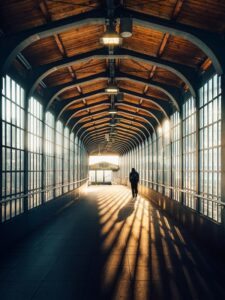
Cinematic city photography: An essential 6-step workflow
In this article, you’ll learn how to read and use light in your home city, choose the right technical settings for low-light scenes, and refine your editing workflow to shape color and atmosphere step by step. In addition, Dominik shares how to find fresh perspectives on familiar locations, five lessons that transformed his photography, and insights on the future of street photography.

Kyle van Bavel (@kylevanbavel): Photographer based in the Netherlands
Kyle van Bavel is a macro photographer with a distinctive, dreamy style that transforms the unseen details of nature into magical worlds. In this article, he shares how his unique vision, shaped by a journey of self-learning and overcoming dyslexia, has become his greatest creative strength.

Inês Preto (@minespreto): Best of the week 20 at #nomadict 2025
Inês is a nature photographer drawn to wild, remote places where weather, wildlife, and mood shape her storytelling. In this article, she shares the behind-the-scenes journey of capturing the Best of the Week image: a puffin trio on the Faroe Islands. She explains how she approached the edit of this image, and shares key lessons she’s learned through experience.
